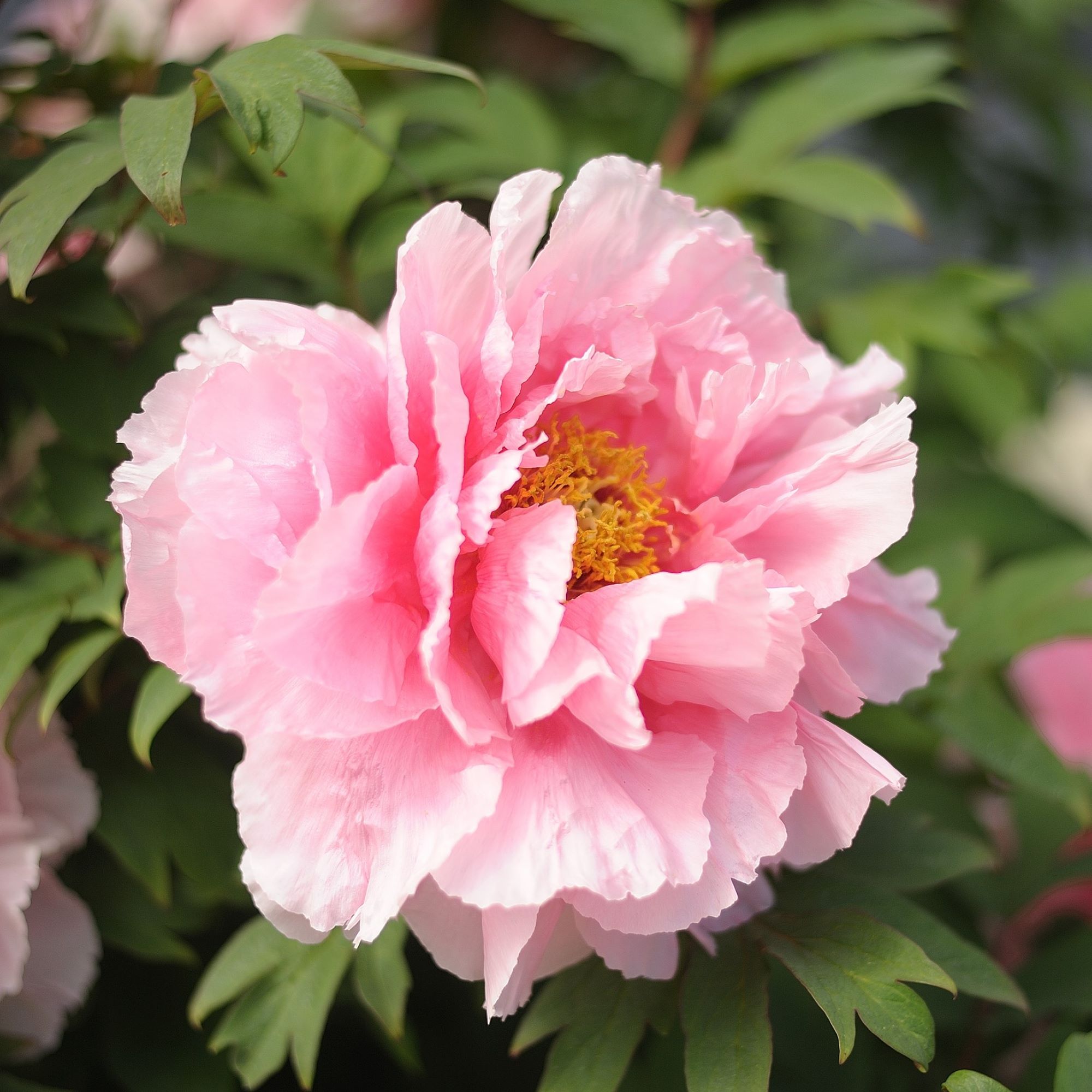
Peonies are a firm favourite in the flower world, offering giant blooms and a stunning colour palette. And while pruning is all part and parcel of having peonies in your garden, you still don’t want to risk making these peony pruning mistakes.
Whether you’re looking to add some romance to your garden idea or you just want to add a bright pop of colour, peonies have got you covered. And while knowing when to plant peonies is key, knowing how and when to cut them back is also an essential piece of peony knowledge. After all, pruning at the wrong time, the wrong way, and with the wrong tools could be a recipe for disaster.
That’s why we asked peony experts to share their flower knowledge, and rather than simply focus on what you should be doing when pruning peonies, they’ve also focused on what you shouldn’t be doing. These are the peony pruning mistakes you should avoid at all costs.
Peony pruning mistakes
‘Peonies, like all plants, require regular pruning to maintain their health and shape,’ explains Tony Williams, Estates Manager at Mount Ephraim Gardens. ‘Pruning helps create a sturdy framework for their beautiful blooms, but it must be done correctly to avoid harming the plant.’ And, pruning your peonies properly should be at the top of your to-do list if you want to fill your garden with stunning blooms or even take cuttings from peonies.

1. Not cleaning your tools
Peonies are extremely delicate flowers requiring a quick, clean cut when pruning. Because of this, one of the biggest peony pruning mistakes you can make is not cleaning your garden tools.
So, before you start pruning your peonies, make sure that your secateurs are sharp (if they aren’t, you can use this SHARPAL 103N All-in-1 Knife and Garden Tool Blade Sharpener from Amazon) and free from any dirt or residue by using an alcohol cleaner like this Agralan Citrox Ready To Use Natural Disinfectant from Amazon.
Tony explains, ‘Blunt tools can tear plant material rather than cut it cleanly, leaving stems and branches susceptible to pests and diseases. Tools that haven't been cleaned can transfer diseases from plant to plant via blades contaminated with old sap and debris. So, sharp, clean secateurs or snips are ideal for pruning herbaceous peonies in the autumn.’
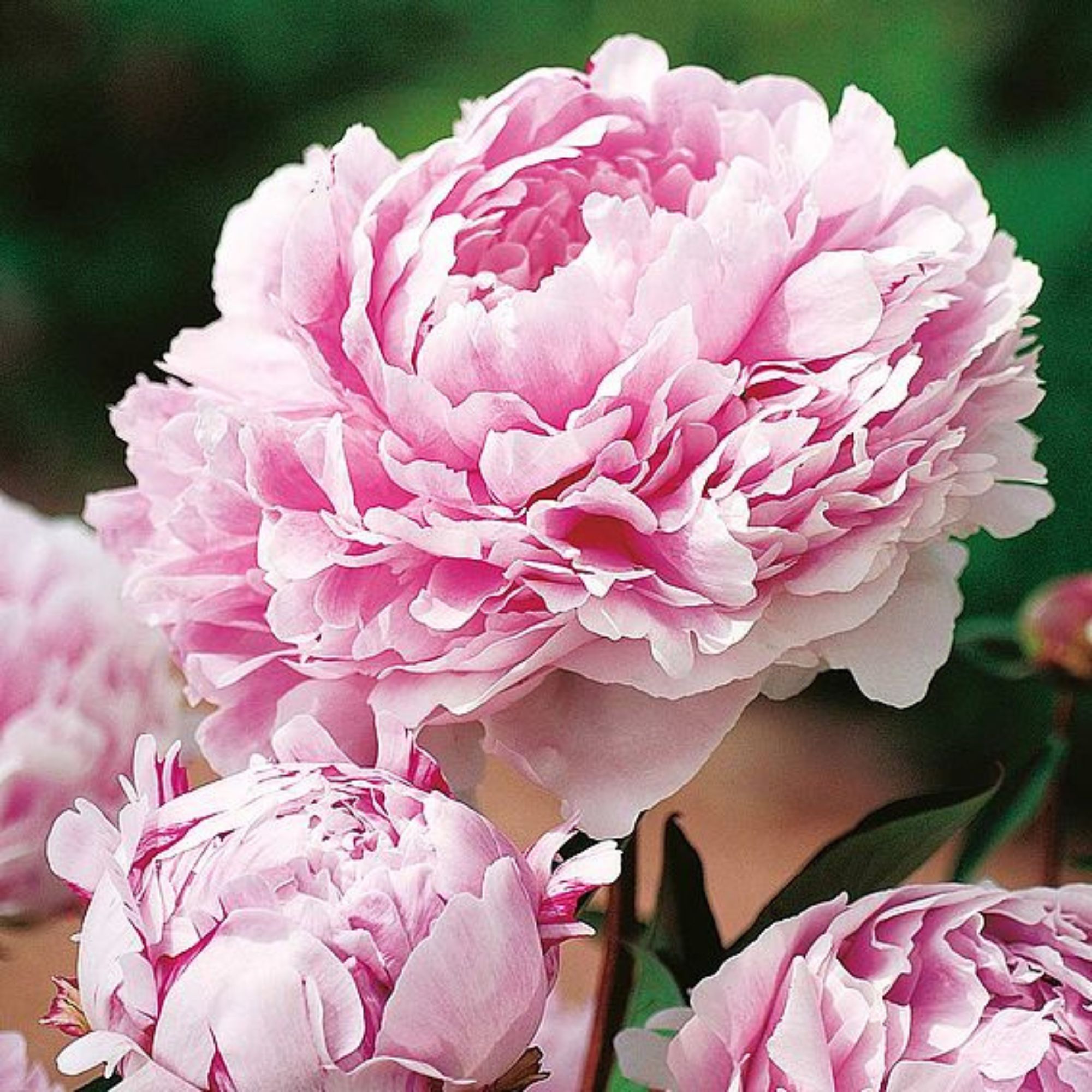
2. Pruning at the wrong time
As peonies are famed for their beauty, you may feel inclined to prune them as soon as the flowers start to fade. However, patience is key when it comes to pruning peonies.
Ideally, you should prune herbaceous peonies after the first frost of the year, typically between October and November. This allows the plant to absorb and store as much energy as possible during the summer and autumn, resulting in bigger and better blooms next year.
Alec White, Owner and Head Nurseryman at Primrose Hall Peonies, explains, ‘The plant itself will tell you when it is time to do this as it will look completely dead – all the foliage will be brown, and it will be lying on the floor. At that point, you will cut it back as close to the ground as possible and discard the dead stems and leaves.’
The rules are similar for tree peonies, too. Alec says, ‘Simply rake up the fallen leaves in the Autumn, and this will leave the woody framework exposed. You can then prune the tree to a more pleasing shape by reducing its size generally in October or November. You can take it down by about a third.’
Whatever you do, Tony says you should avoid pruning peonies in the summer. He says, ‘Pruning tree peonies hard in summer, while they are actively growing, can cause them to lose a lot of sap, weakening the plant and potentially providing an entry point for pests and diseases.’
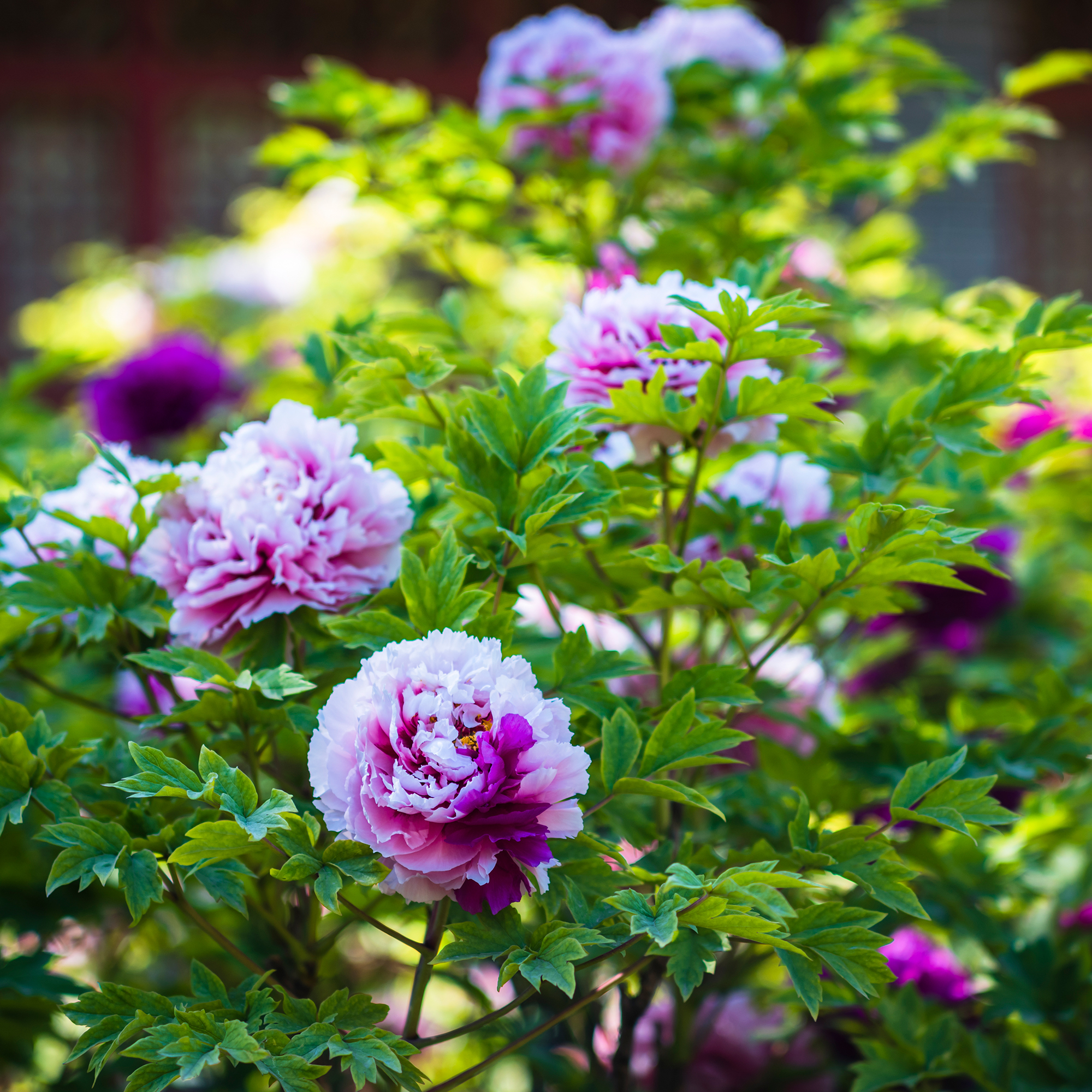
3. Pruning too hard
Some plants respond well to hard pruning. In fact, those who want to prune weigela can rest easy knowing that this plant thrives from a hard prune. However, that isn’t the case for peonies.
Although peonies don’t necessarily need pruning, they can be cut down to ground level if required. Prune any harder than that (i.e. under the soil), and you risk damaging the plant and the underground root system.
Tony says, ‘Heavy-handed pruning is not beneficial for any variety of peony. Herbaceous peonies need their green growth to last through summer and die back naturally in the autumn, which feeds the crown and roots. Removing too much green growth in summer will drastically affect the plant's ability to grow and flower the following season.’
But if you do insist on a substantial prune, you should focus more on removing any diseased stems and shaping the plant instead of cutting it back too far.
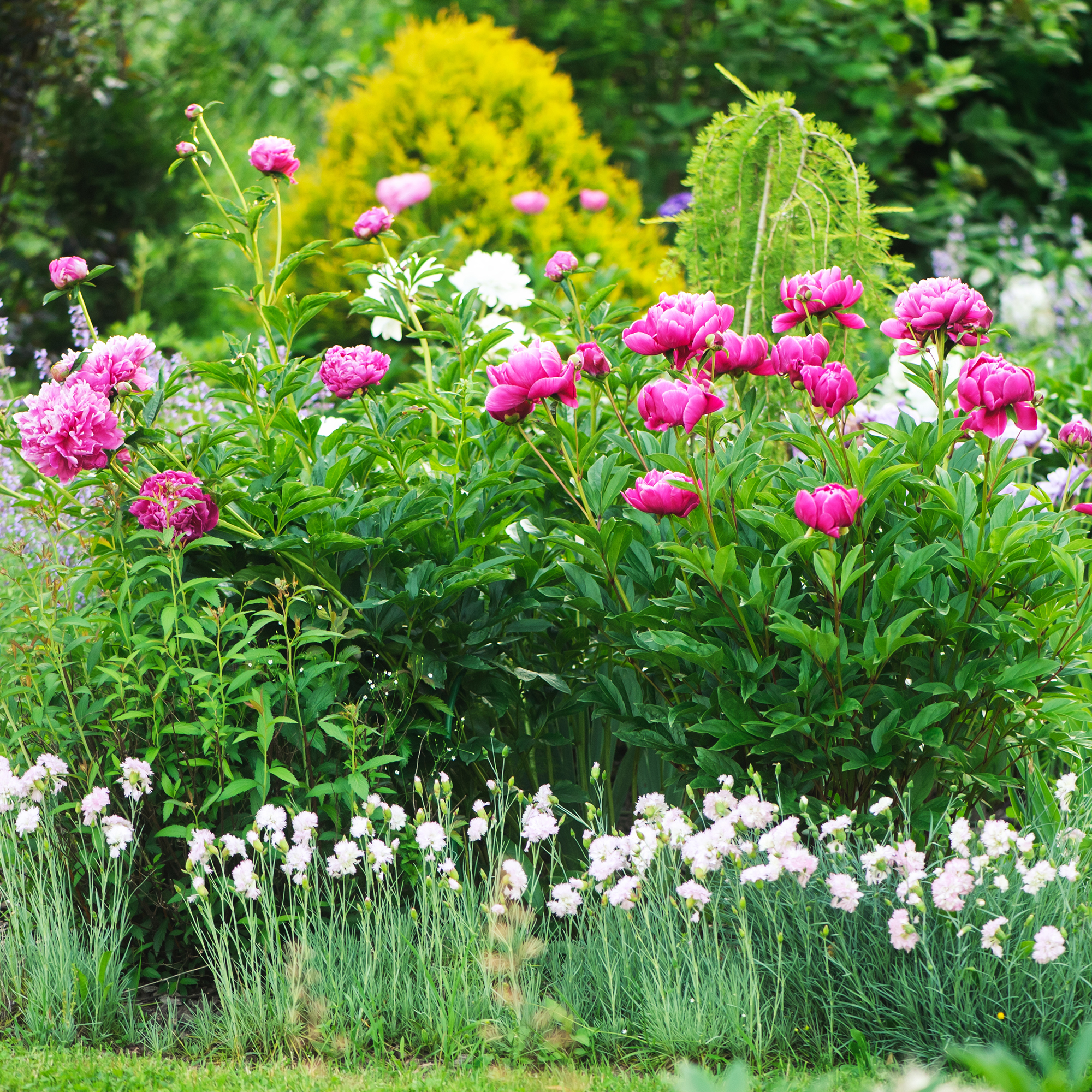
4. Confusing deadheading and pruning
If you want to avoid both a peony pruning mistake and a deadheading mistake in one fell swoop, it’s a good idea to truly understand the difference between deadheading and pruning.
The aim of deadheading peonies is to remove the spent flowers after their blooming period to encourage the plant to channel its energy down into the roots and to discourage the plant from producing seeds.
Morris Hankinson, Director of Hopes Grove Nurseries, explains, ‘Ideally, it's best to deadhead peonies as soon as the blooms start to fade and the petals begin to fall off. This is typically in late spring or early summer, depending on the specific variety of your peonies.’
This is very different to pruning peonies - in terms of the time frame and the general task itself. So, don’t get confused and start pruning your peonies in early summer.
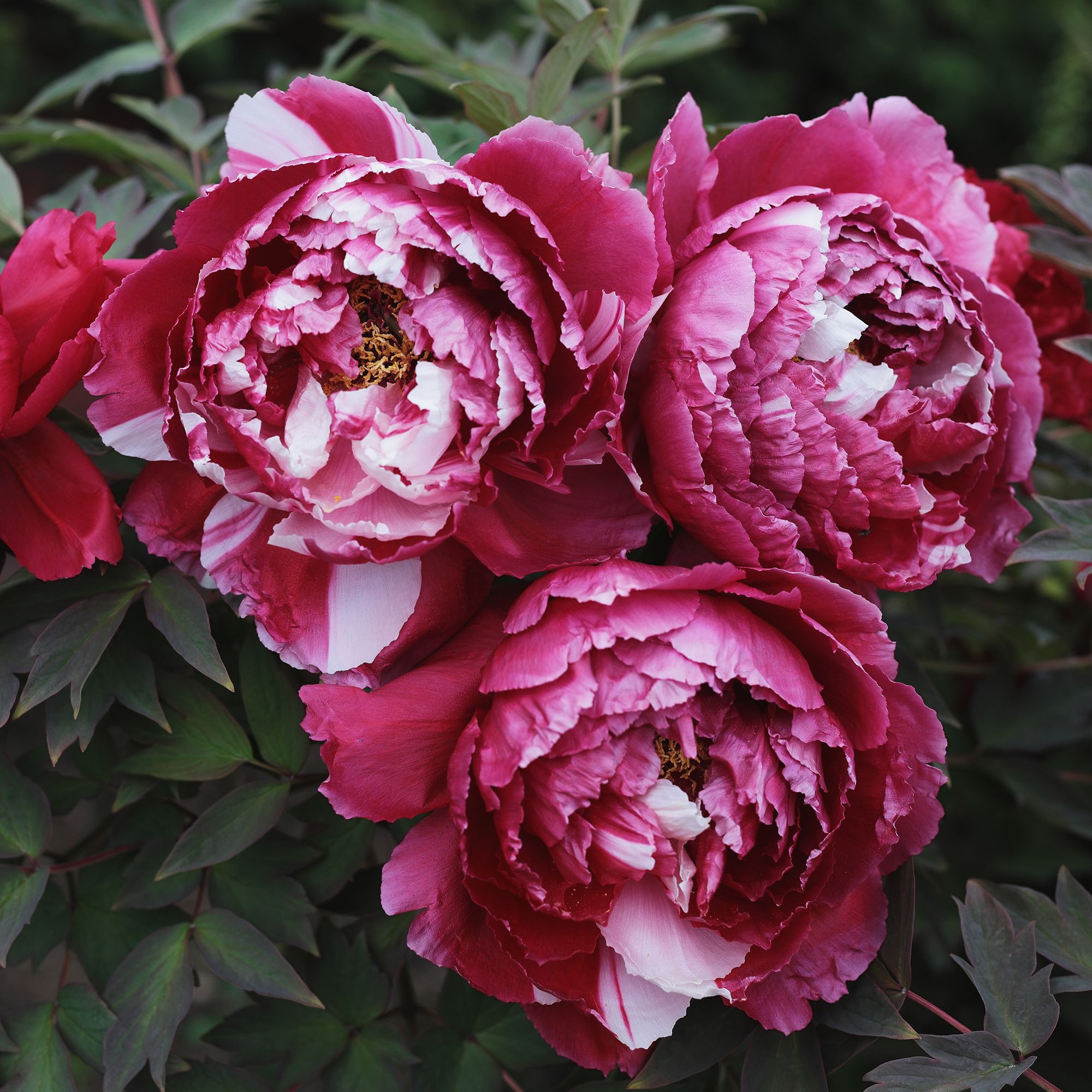
5. Ignoring pruning aftercare
Pruning can be an incredibly stressful experience for a plant, which is why it’s important to give your peony some extra TLC after pruning.
Start by giving your freshly pruned peony a good drink to moisten the soil, or let Mother Nature do the hard work for you if rain is on the horizon.
It’s also a good idea to keep an eye on your peony in the few weeks after pruning. Be on the lookout (and remove) any pests and look for any signs of stress. If you do spot any, you might want to feed with a little smidgen of fertiliser.
Failing to do so could leave them a little worse for wear, which could affect the size and vibrancy of the flowers next season.
What you'll need
FAQs
How do I encourage more peony flowers?
The best way to encourage more peony flowers is to ensure that your peony plant has everything that it needs. Offer it sunlight and rich, well-draining soil and maintain a watering schedule.
And while you can fertilise peonies (it’s not essential, as peonies can still thrive without fertiliser), you should avoid using nitrogen-heavy fertilisers as this will actually result in more foliage and fewer flowers.
Then, keep on top of deadheading as you don’t want the plant to waste precious energy on spent flowers.
Why are my peonies so leggy?
If your peonies are leggy, you should take a step back and assess the situation. In most cases, plants become leggy because they are stretching themselves towards the light. So, you may need to move your peonies away from the shade and into a sunnier area of your garden.
Peonies can also become leggy if they have outgrown their growing space. You can rectify this by moving them and offering them more space or pruning the plant so it has room to grow back again.
Looking to prune your peonies? You’ll be golden as long as you avoid these peony pruning mistakes.







